For many of us, around the holidays it can feel like responsibilities and fitness can be mutually exclusive goals. We all have busy lives – commitments to family, friends, work, and a million other things… so where does fitness fit in? It’s normal for training regimens to slip over the holidays; the weather is terrible, the food is amazing, and of course you’ve gotta make time to watch ‘It’s a Wonderful Life’ six times.
When the riding season finally starts up again, you don’t want to feel like you’ve lost a lot of last season’s progress – so here are five training tips from scary-fit climbing ambassador Andrea Giles.
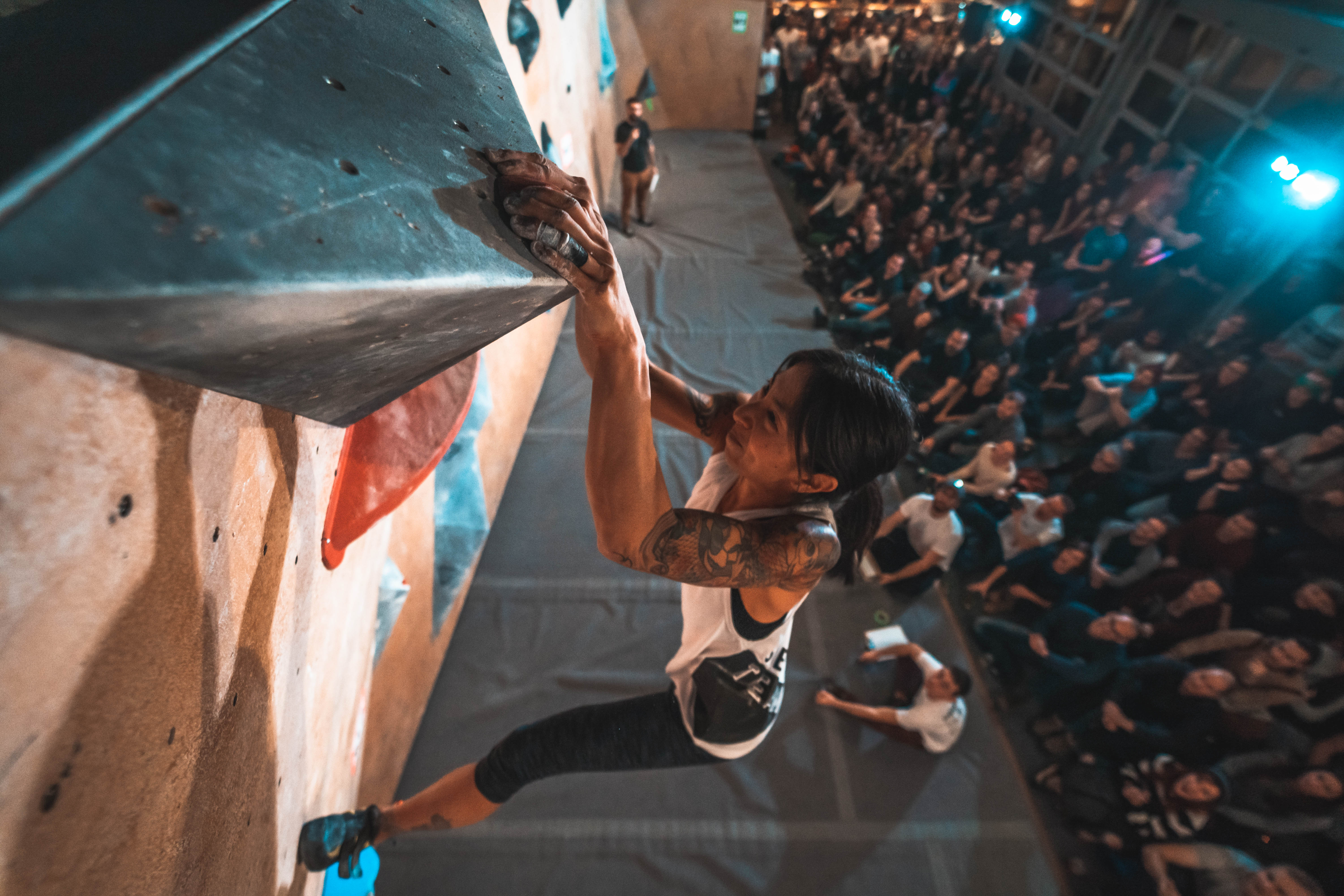
-
Amp up your mental game
Bring your A-game every time you train. Be clear about why you’re training and use that motivation to drive you through your workout. Even if you’re feeling tired after a rough day and only have about 50% to offer to your training, give every last ounce of that 50%. You’ll feel better after knowing that you still got your workout in and gave it everything you had. Champions don’t quit!
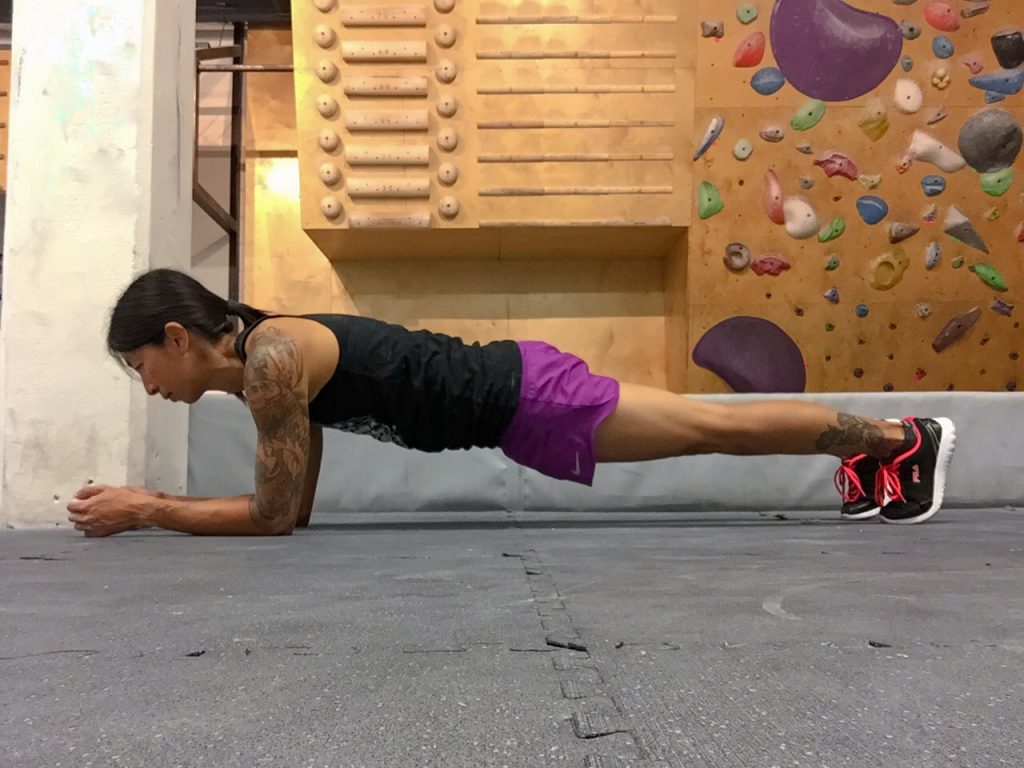
Planning to win some competitions this year? Prepare to do a lot of planks.
2. Prepare your body adequately: fuel, warmup, cool down
We put our bodies through a lot when we train for our sports. It’s important to be fully prepared before heading into any workout. This includes proper nutrition and having a good warmup routine.
Nutrition will depend on the type of sport or training you are doing as well as the duration, so find what works well for you and stick with it. Food journaling helps a lot here!
Hydrating enough before and during the event is critical. If your workout or event lasts longer than an hour or is incredibly intense, you may want to consider adding electrolytes to your water to replenish what is lost through sweat.
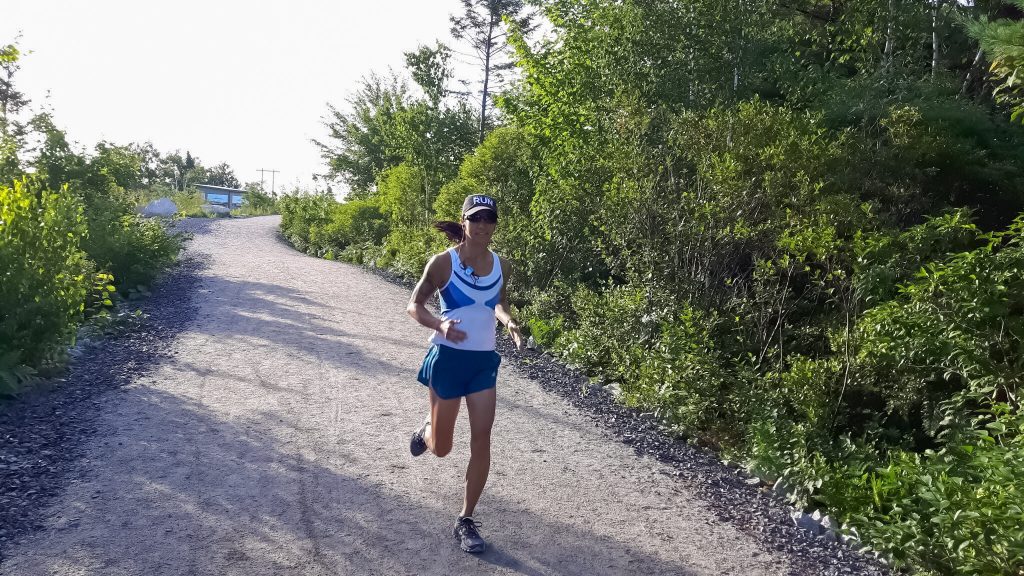
jogging makes a fantastic warmup or cooldown
Warm up well before getting into your workout. Get your heart pumping by running on the spot, doing jumping jacks or skipping rope for a few minutes, then do some dynamic stretching of key muscles.
Cooling down is just as important as warming up. It helps your body to recover faster. If your heart rate is elevated, keep moving around gently by doing some light jogging or walking until it comes down a bit more. Then stretch out your muscles. This is where you can perform static stretching, meaning holding a stretch for 30-60 seconds.
After a workout, be sure to refuel. Within the first 20 minutes after your workout, be sure to consume a snack that is approximately 4:1 carbohydrates to protein. Many energy bars are formulated with this ratio. This will help to replenish the glycogen stores that have been depleted during your workout.

there’s never been a better time to start eating healthy!
Then 45-90 minutes later, you can refuel with a solid meal containing healthy greens and a high quality lean protein source as well as some healthy fats like avocado.
3. Cross train, including stretching/mobility
You improve at your sport by doing more of it, however it’s important to keep your body balanced by cross training a couple of times a week. Choose a sport or activity that uses different muscles from your main sport. Be sure to perform exercises that strengthen your antagonist muscles. These are the muscles that perform the opposite action, e.g. triceps are the antagonist off biceps while hamstrings are the antagonist of quadriceps.
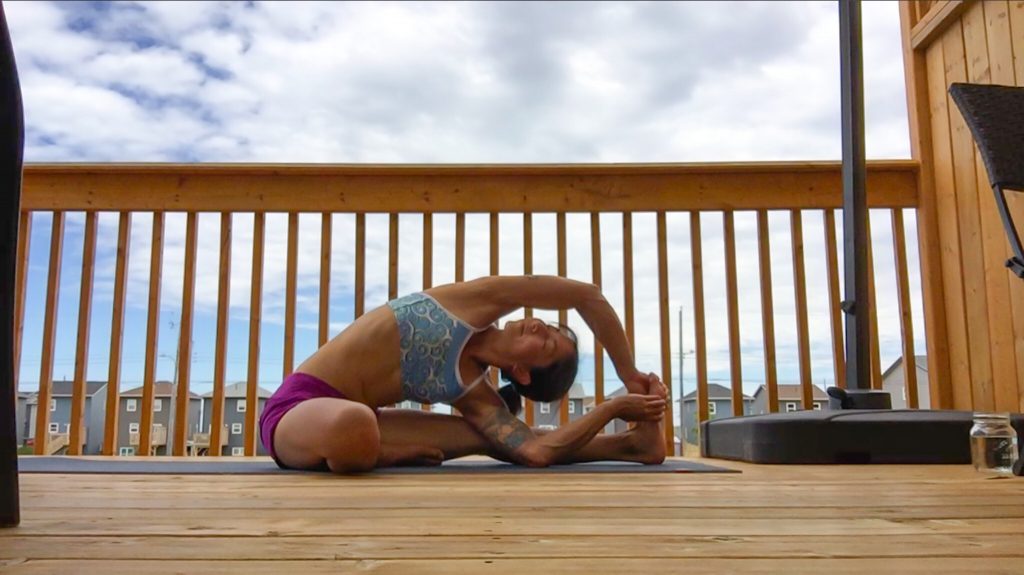
stretching and working on your core will improve the efficiency of your workouts
Regardless of your sport, core is key. Strengthening and stabilizing your core will help make your movement more efficient, so be sure to include a core workout at least twice a week.
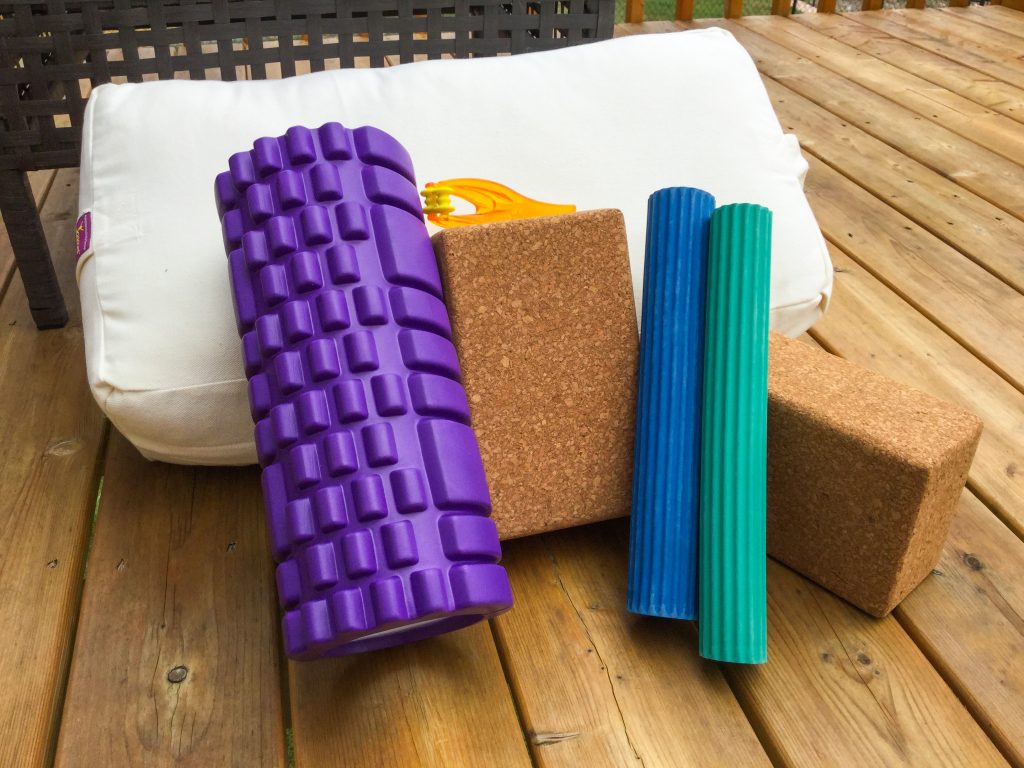
foam rollers are your friend.
Be sure to stretch and perform mobility exercises to keep your body from getting overly tight and to prevent injury. Regular foam rolling of muscles can also help you to recover faster and keep your muscles loose and relaxed.
4. Rest & self care:
Resting is a key component to your success as an athlete. Rest days allow your body to recover and repair muscle fibers that have been damaged and broken down during training. Many athletes struggle with rest days as they feel they are not making progress on those days, however sufficient rest will actually boost performance.
Active rest is best. This means doing very light activity that helps to circulate the blood through your body without being too intense on your muscles. Some ideas for activities are an easy walk in the park, a light swim or a gentle yoga class.
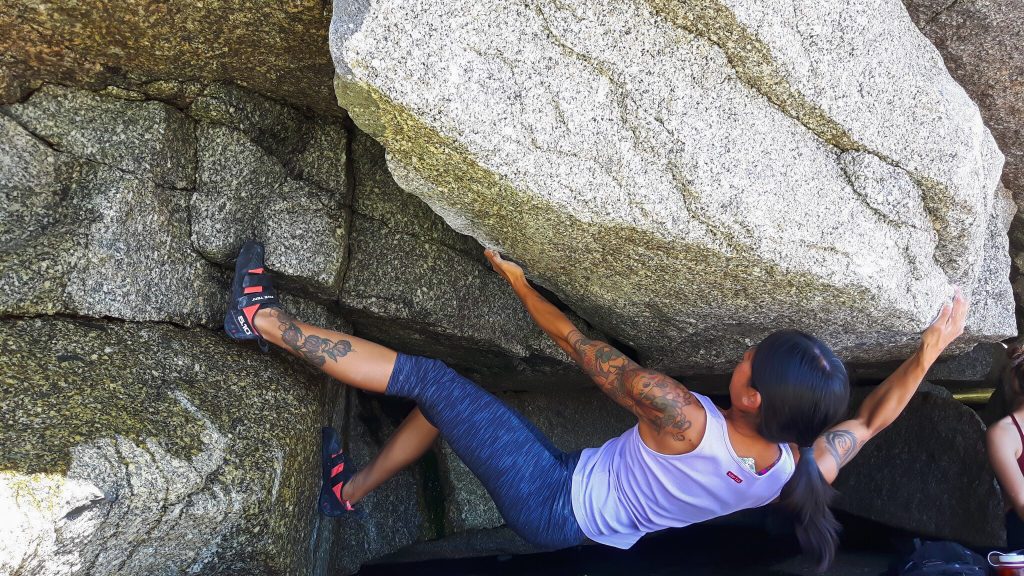
If your main sport is cycling, why not try out bouldering on your rest days?
Sleep is one of the most important things for athletes. As we sleep, our bodies can focus on repairing themselves and recovering from the workouts and activities that we put them through. The recommended amount of sleep for most people is 7-9 hours, however athletes may need 8-10 hours.
5. Seek help right away for injuries
Injuries are unfortunate, but they can happen to anyone. Even when we’re careful to ensure that we’re doing all of the right things, they can still pop up. Maybe you lose focus for a second and turn too late while navigating through a trail, or maybe you slip on some ice while picking up groceries… injuries are almost inevitable.
If you have an injury, no matter how mild it might seem, be sure to seek help from a professional right away. This will ensure that you don’t do further damage and can get back on track as soon as possible.
Injuries can be tough mentally, especially if you’re unable to perform your sport or train for it. It’s helpful to change your perspective and recognize that recovering from your injury is now your sport. Take the prescribed rest, do the rehab exercises. Approach your recovery with the same excitement and dedication that you usually reserve for your sport. Remember that it’s better to take a short amount of time off of your sport now rather than push through an injury and risk being unable to perform your sport at all in the future.
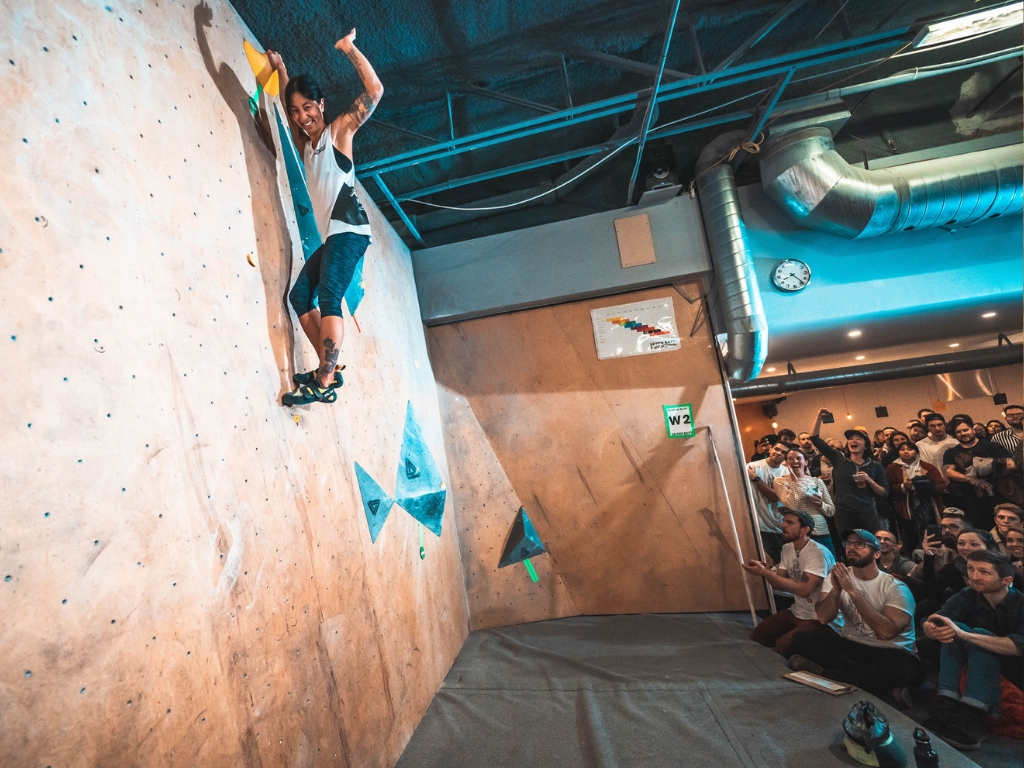
There you have it- five tips to ensure that you get the most of the time you can put into training this off-season, so that you can return stronger than ever!

